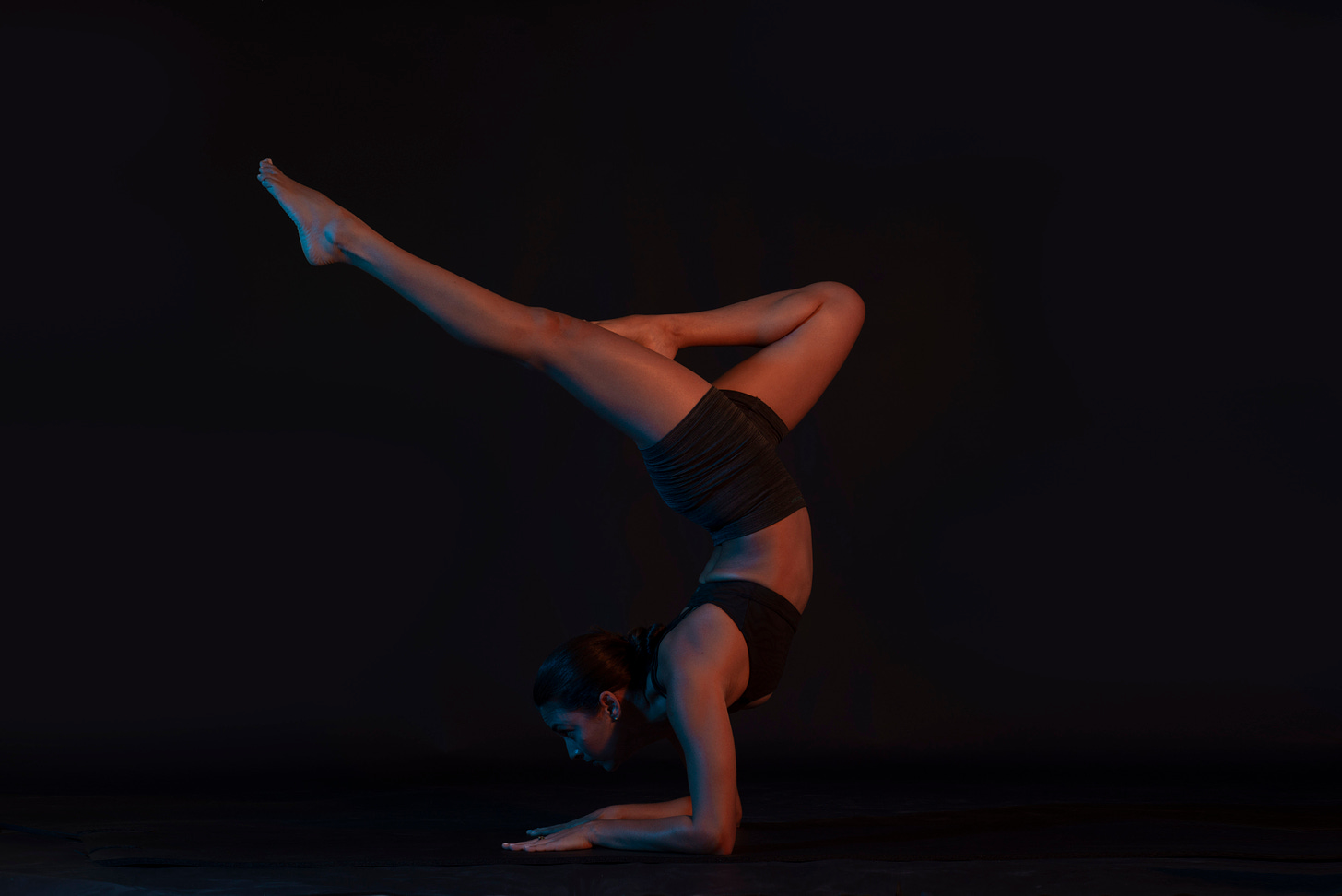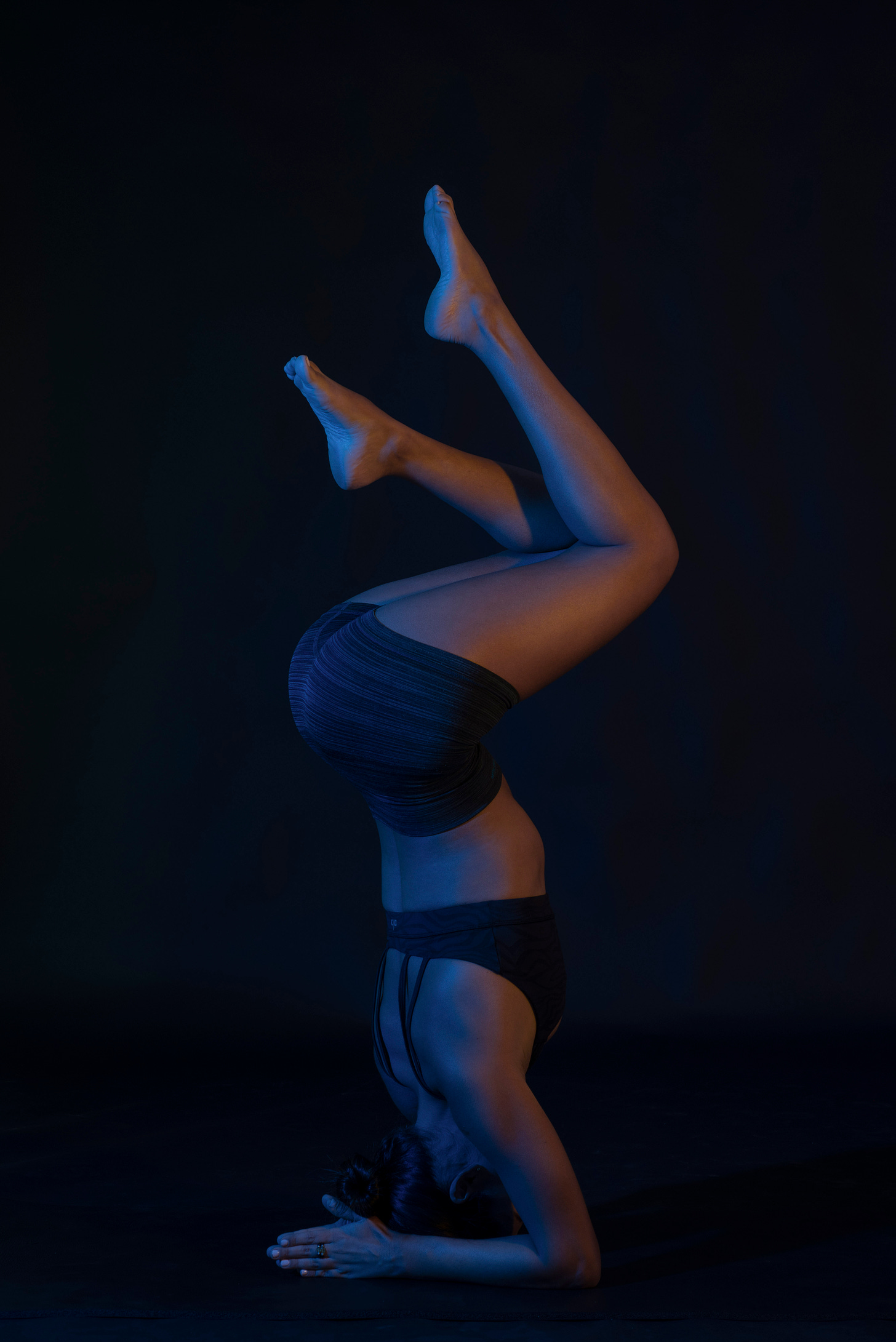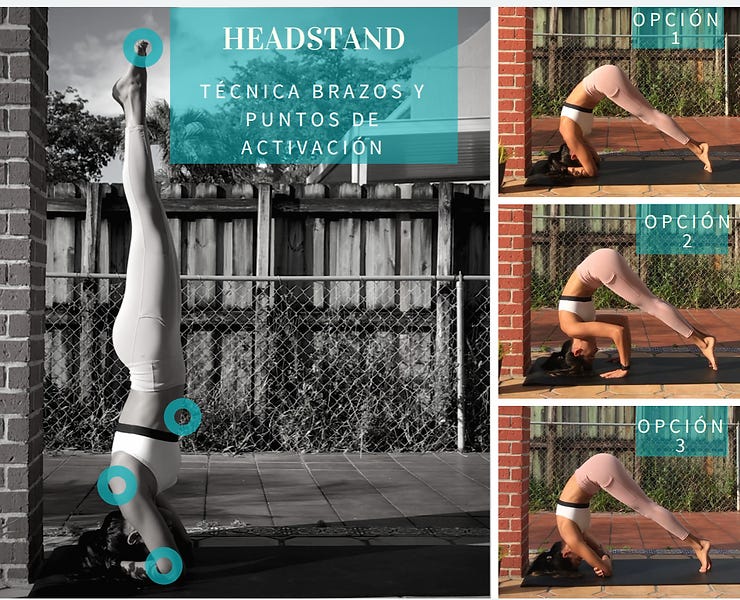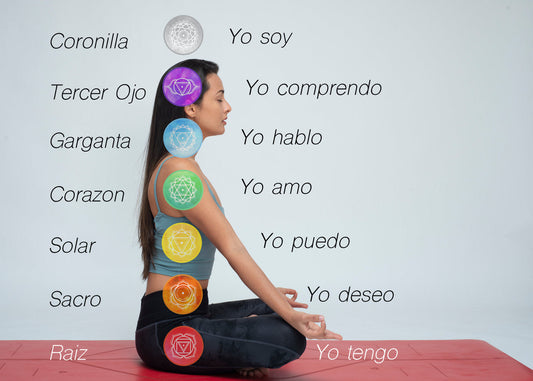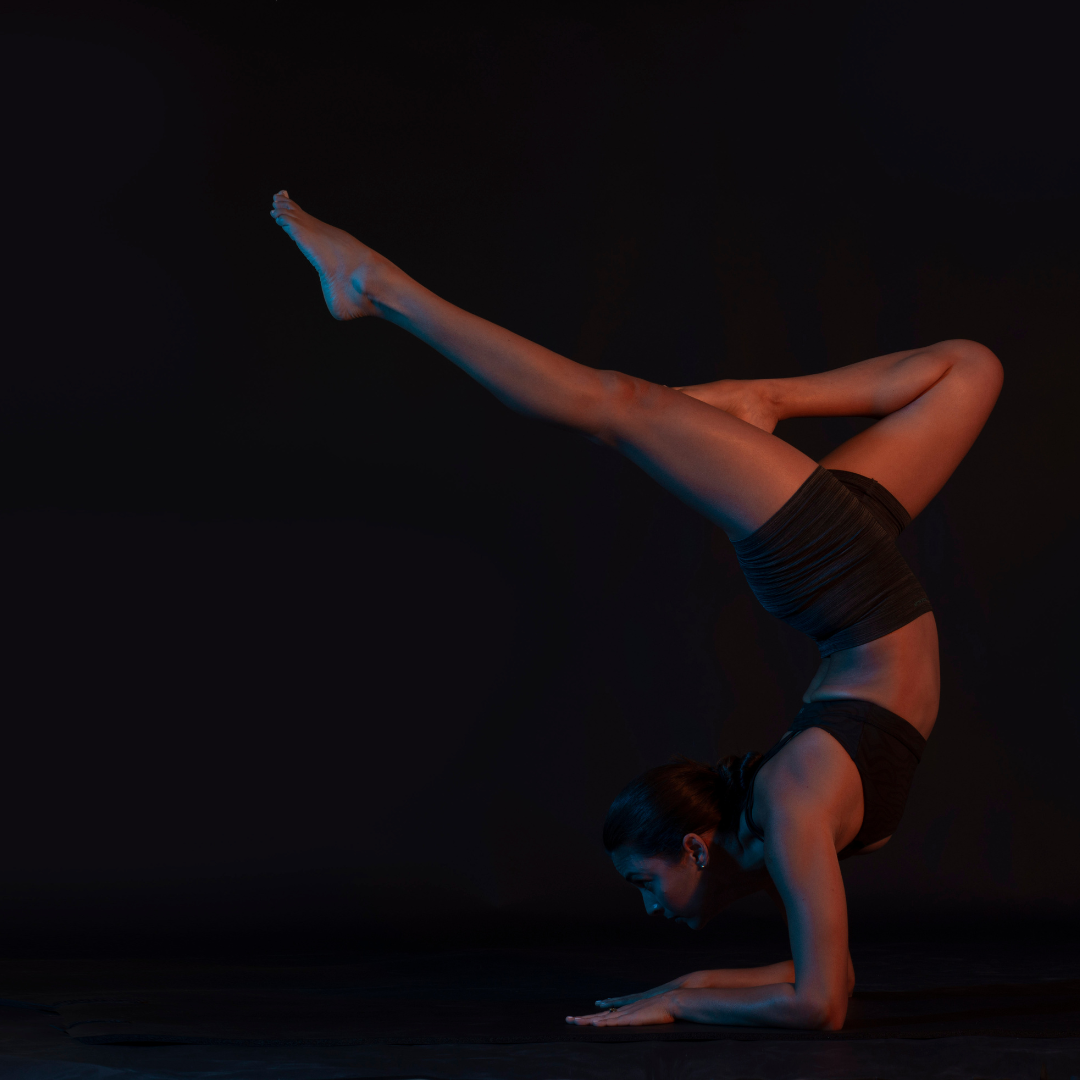
THE HEADSTAND YOGA CHALLENGE: About how to start inversions in Yoga and its benefits
Compartir
Sirsasana or Headstand (in English) is one of the most important inversion positions in Yoga, since its correct practice provides the basis or basic principle to achieve following poses with variations in the legs and arms.
There is a Sirsasana for each level in YOGA; from this Balasana Tripod, to Adho Mucka Vrksasana or Handstand.
It's just about concentrating and listening to your own body.
About the Technique:
Although many fear it, anyone with constant practice, warm-up and stretching before and after training can achieve a Headstand from a basic level.
Those with problems or injuries in the neck or head, with heart or blood pressure problems, need to use caution, however with technique and care they can develop strength and skill. It's just about concentrating and listening to your own body.
If you have questions about injuries, consult with your doctor who is ultimately the appropriate person to help you better understand the limits of your body in the face of any condition. Remember that you must develop your practice step by step, it is better to start with small steps - "baby" steps - and remember not to force yourself too much . Only in this way can you obtain great results in the long term. It's just about concentrating and listening to your own body.
Benefits
Benefits at level physical :
-
Blood flows more easily during the day, meaning circulation improves.
-
Reduces blood pressure problems.
-
Stimulates the Lymphatic System.
-
Energize.
-
Improve your balance, control.
-
Strengthen your core or abdominal area.
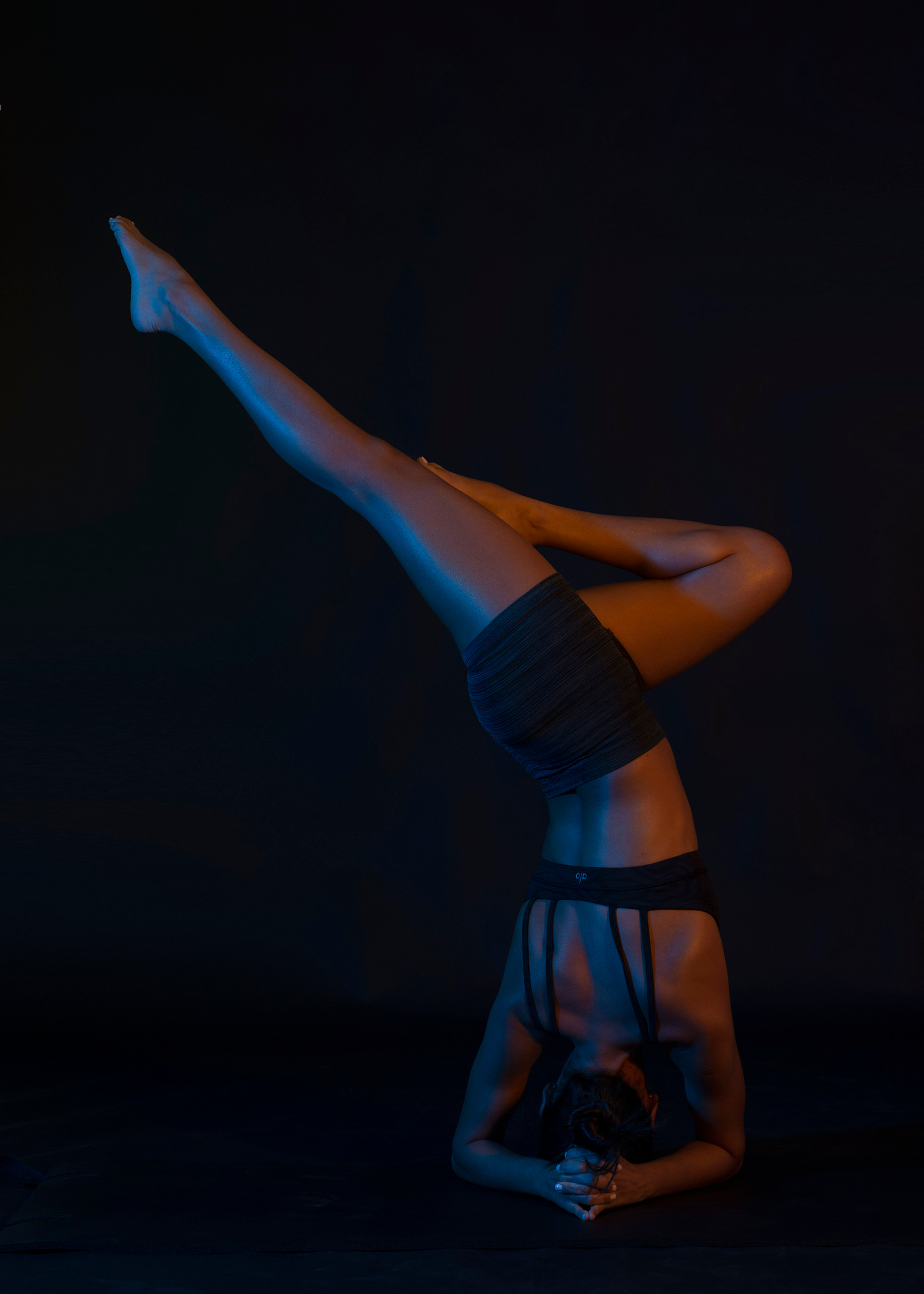
Benefits at level Psychological :
-
Trust.
-
Approach.
-
Perseverance.
-
Relaxation.
-
Greater perspective.
-
Fun.
-
Reduces stress/depression.
-
Relieves migraines and menstrual pain.
Special Information
-
Depression: Sirasana, Adho Muhha Vrksasana and Sarvangasana Imsomnia: Balasana, Halasana, Viparita Karani, Setu Bandha Sarvangasana
-
Migraines or headaches: Balasana, Viparita Karani and Sirsasana Blood pressure: Balasana, Halasanam, Adho Mukha Svanasana
-
Menstrual pain: all asanas.
Correct breathing also allows the success of these asanas. 25 breaths in the first positions. Elevate your legs, 5 to 10 breaths in each of them.
Adjust your arms
-
Option 1: Position your elbows linearly, join your hands firmly palm to palm, interlacing your fingers. You can leave the little finger inside the cuff for more comfort. It is important that you do not separate the palms of your hands, if this does not happen the forearms can easily rotate, preventing you from gaining strength and losing stability.
-
Option 2: Place your hands shoulder-width apart in a tripod shape. To go up, you push your hands towards the ground. You should not open your elbows as this will cause instability. Keep your forearms and elbows firm in a forward direction.
(Salamba Sirsasana)
-
Option 3 : Wrap your fingers around the opposite elbow, creating an equilateral triangle between your hands and elbows. If your elbows are too far apart, it will create problems with balance.
Focus your attention on your forearms and your hands together - this is where all the work happens.
Step by Step
Split your legs starting into a deer pose – this variation is to help with balance.
Focus your attention on your forearms and your hands together - this is where most of the work happens.
Inhale as you press into your forearms, simultaneously contracting your core or abdomen as you begin to rise for Pincha Mayurasana. Always look forward while performing this transition movement between Headstand and correct balance, activating your legs and feet strongly in the direction of the sky. To gain balance here, you must make sure that your feet are in a direct position above your head. Stay here!
Create shapes with your legs while your glutes have reached the correct position, or simply lower yourself when you feel you have achieved enough. To go down, continue keeping your abdomen contracted. Return to Child Pose. From here, catch your breath.
You can use blocks or the Yoga wheel, even a wall while you increase your upper body strength and work on balance , until you feel it's time to start flying on your own!
Adho Mukha Svanasana / Downward Facing Dog
Ardha Pincha Mayurasan/ Dolphin Pose
Viparita Karani / Legs on the wall
Sarvangasana – Shoulderstand
Halasana – Plow Pose
Adho Mukha Svanasana
Namaste
